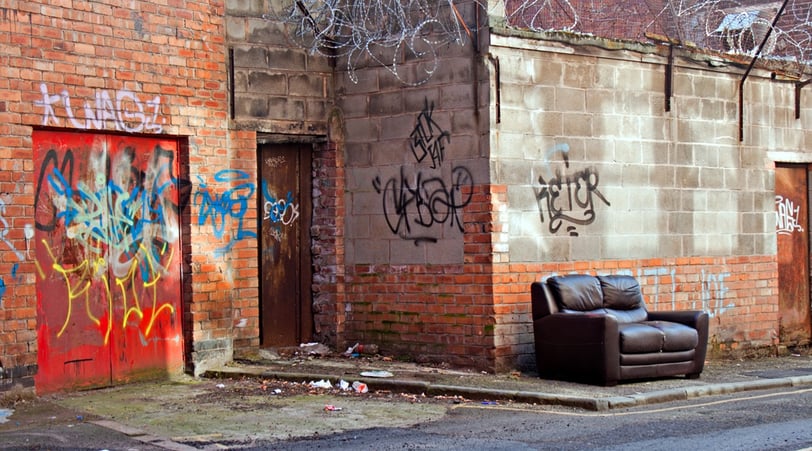Reimagining Urban Spaces: Enhancing Mental Health for the Urban Poor
This article explores the significant impact of urban design on the mental health of the urban poor in cities like Baltimore, Maryland, and Washington, DC, proposing strategies for enhancing urban environments to support mental well-being.
Blessing Emuka, DNP, FNP-BC, PMHNP-BC, APHN-BC, CPN
5/2/20242 min read


An Observant Professional
As a Board-certified psychiatric and mental health care provider, family health care provider, and public health nurse with extensive experience working with the urban poor, I have observed firsthand how urban design profoundly impacts mental well-being, especially in economically disadvantaged areas of cities like Baltimore, Maryland and Washington, DC.
Urban Decay and Mental Health Challenges
In many aging cities, deteriorating urban environments exacerbate the stress, anxiety, and depression experienced by the urban poor. The prevalence of blight, inadequate housing, and lack of safe recreational spaces contribute significantly to the mental strain on these communities.
Strategic Realignment for Healthier Communities
Revitalizing Green Spaces: Transforming dilapidated areas into green, usable spaces can provide crucial breathers in dense urban environments. Parks and community gardens not only beautify neighborhoods but also serve as vital oases for mental rejuvenation.
Improving Walkability and Accessibility: Redesigning neighborhoods to be more walkable with safe, well-lit pathways enhances accessibility to essential services and promotes physical activity, which is known to alleviate symptoms of depression and anxiety.
Community-Centric Planning: Involving residents in the planning process ensures that their needs and preferences guide the redevelopment efforts. This empowerment can foster a greater sense of community and belonging, which are essential for mental well-being.
Enhancing Public Transport Systems: Reliable and efficient public transportation can reduce the stress associated with commuting and connect residents to broader opportunities for employment and education.
Incorporating Art and Culture: Introducing public art projects and cultural spaces can promote community pride and cultural identity, which bolsters community ties and individual self-esteem.
Cities as Catalysts for Mental Health
Cities have the unique capability to transform their landscapes to support the mental health of their most vulnerable residents. By strategically realigning urban planning elements to focus on enhancing the quality of life in impoverished urban areas, city planners and policymakers can create environments that not only meet the physical needs of their inhabitants but also support their mental and emotional well-being.
Through such thoughtful urban redesign, cities like Baltimore and Washington, DC, can lead the way in demonstrating how urban environments can be re-envisioned to promote better mental health outcomes for all, especially the urban poor.
COMMENTS ARE DISABLED FOR THIS POST.
Connect With Us
Explore our range of specialized mental health treatments today.
Contact Us
Contact Form
Email: admin@jraphaclinic.com
Phone: (240) 940-0044
Fax: (240) 940-0055
Home | About Us | Our Services | Our Policies | Blog | Free Resources | SMS Consent Form | Contact Us
___________________________________________
At J. Rapha Clinic LLC, we prioritize your privacy and data security. Please read our Privacy Policy to learn more about how we protect your personal information.
Copyright © 2024 by J. Rapha Clinic, LLC.
Technical problems or suggestions?
Kindly contact Webmaster Nwankama.
Free Resources
Appointment Scheduling*
9221 Colesville Road,
Silver Spring, MD 20910.
By Appointment Only | NO WALK INS
Monday through Friday, 9 pm to 10 pm
Sundays: 9 am to 1 pm.
*Appointment time subject to availability of spots.


